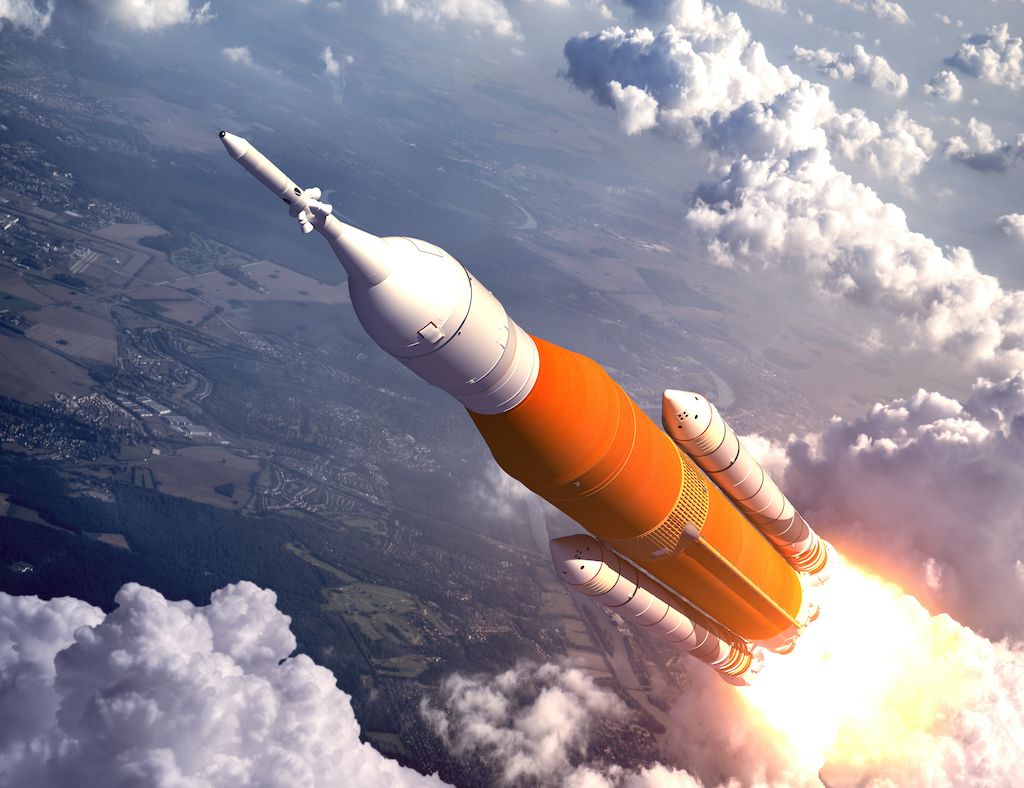A rocket is a type of spacecraft that uses propulsion to travel through space. Rockets are used for many purposes, including launching satellites and crewed spacecraft, conducting scientific research, and delivering payloads to other planets.
Rockets typically use some form of propellant to provide the thrust that propels them forwards. The most common propellants used in rockets are chemicals, such as liquid oxygen and kerosene. However, newer designs are beginning to experiment with alternatives, such as electric propulsion.
The basic principle behind rocket propulsion is Newton’s third law of motion: “For every action, there is an equal and opposite reaction”. This means that when a rocket expels propellant out of its nozzle at high speeds, it will experience an equal force pushing it in the opposite direction – forwards.
As the rocket burns its propellant, it becomes lighter and therefore accelerates even more. This process continues until the fuel is exhausted or the desired velocity is reached. At this point, the rocket coasts through space until it reaches its destination.
Rockets have been used for centuries for fireworks and military applications such as signal flares and torpedoes. The first modern rockets were developed in the early 20th century by Robert Hirschowitz in Germany and Konstantin Tsiolkovsky in Russia. They laid the foundation for today’s designs which continue to be improved upon with each new generation.


